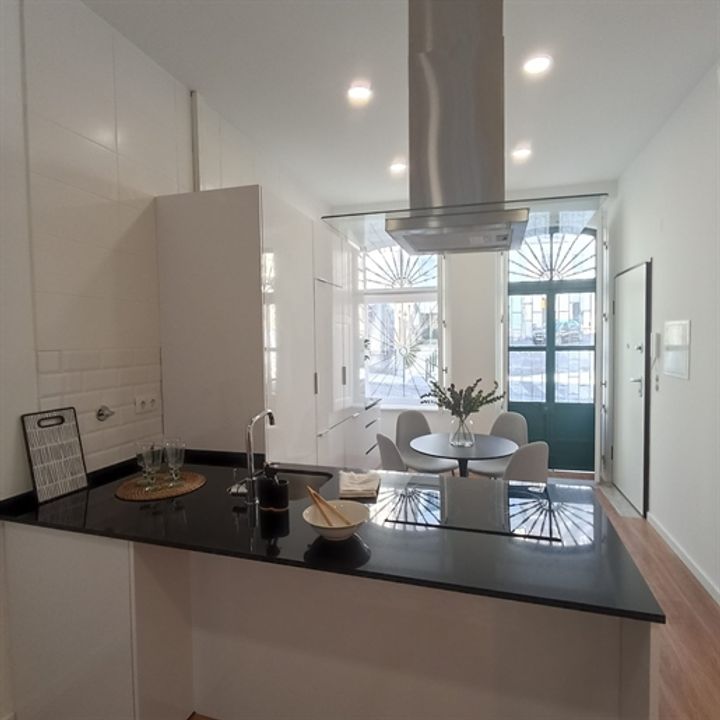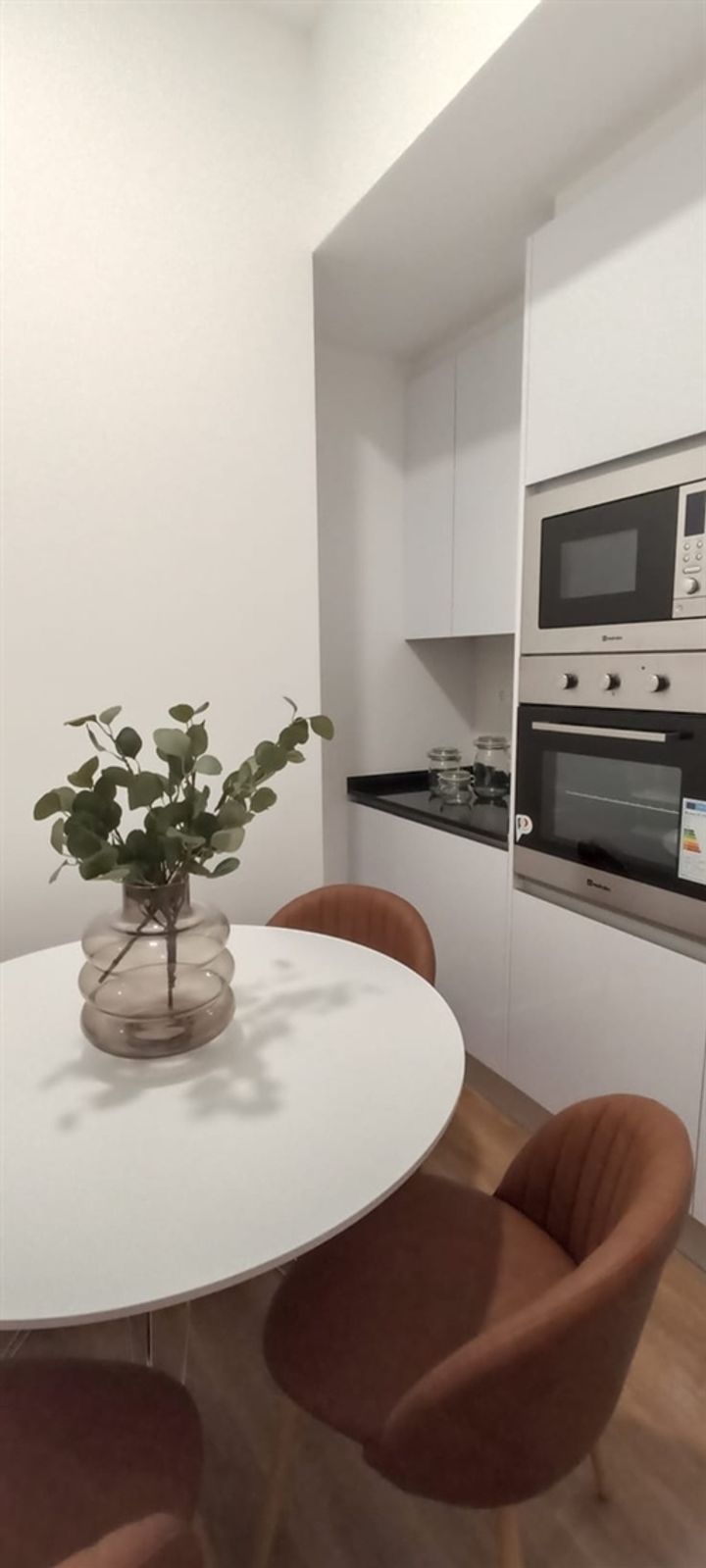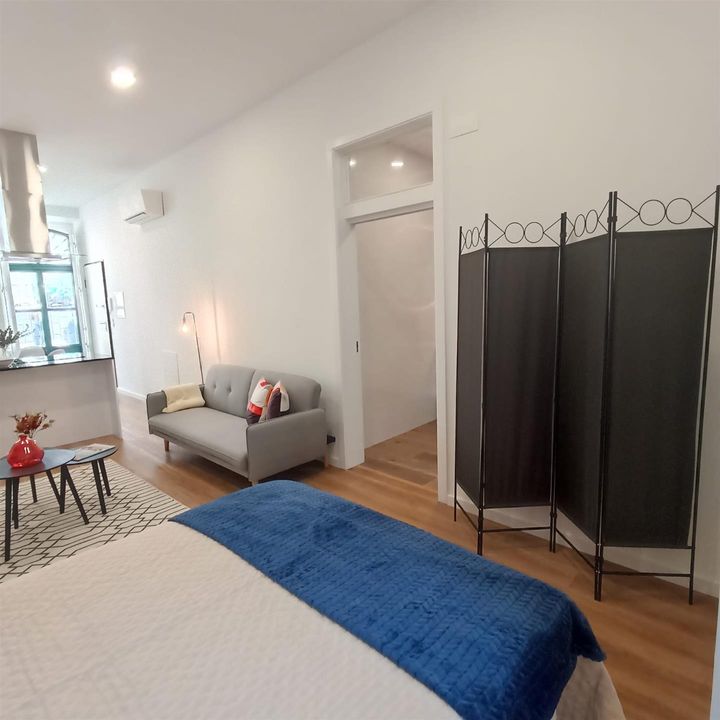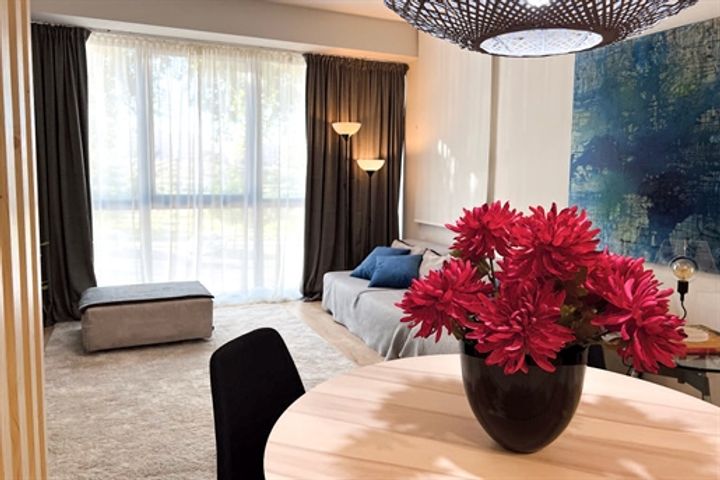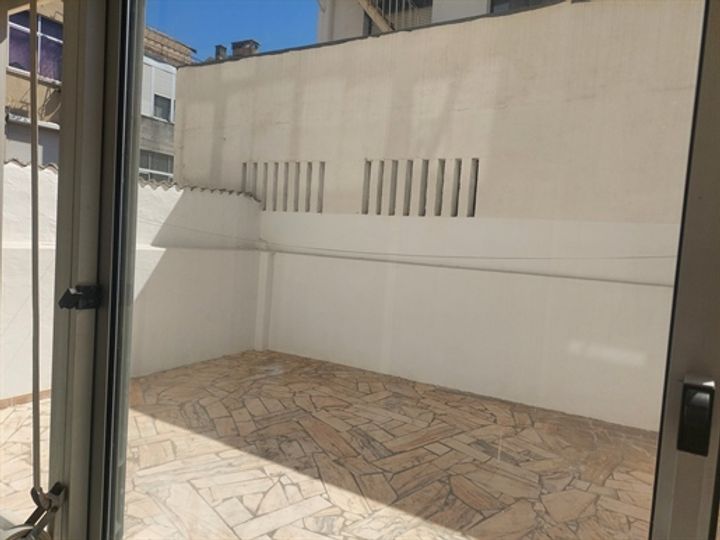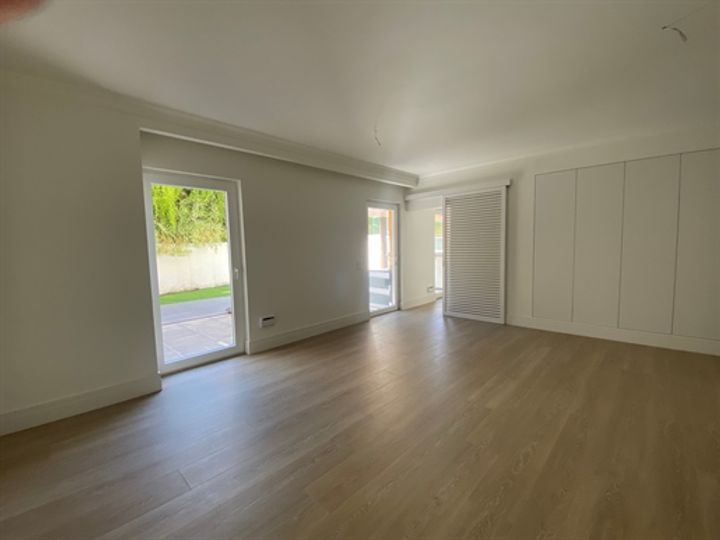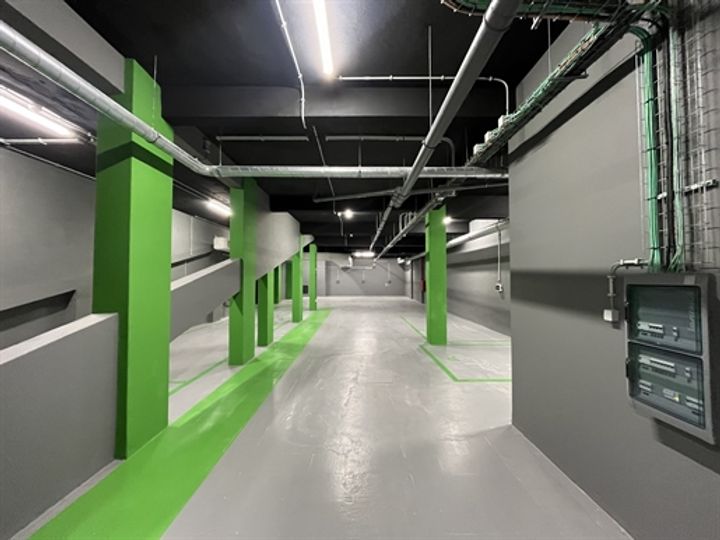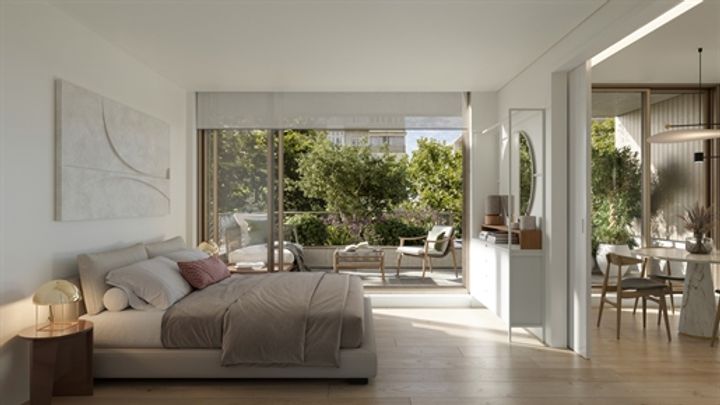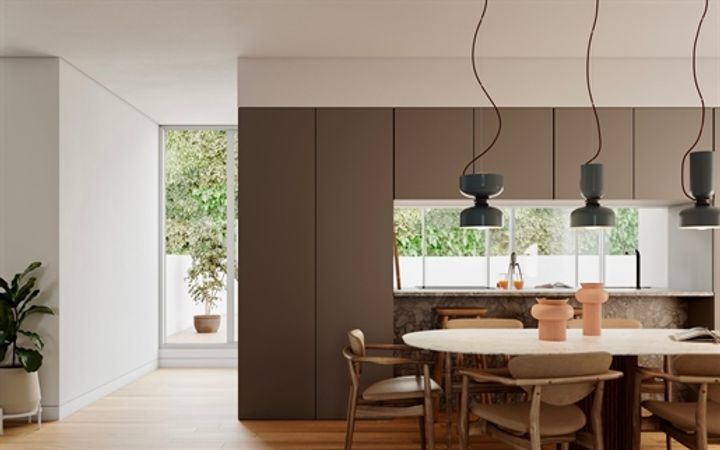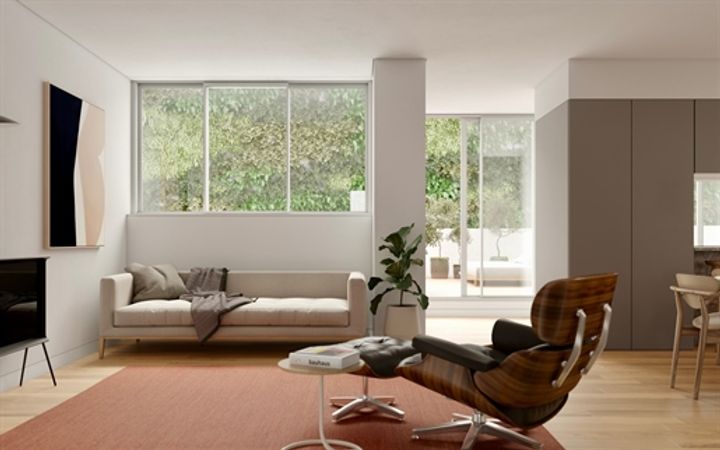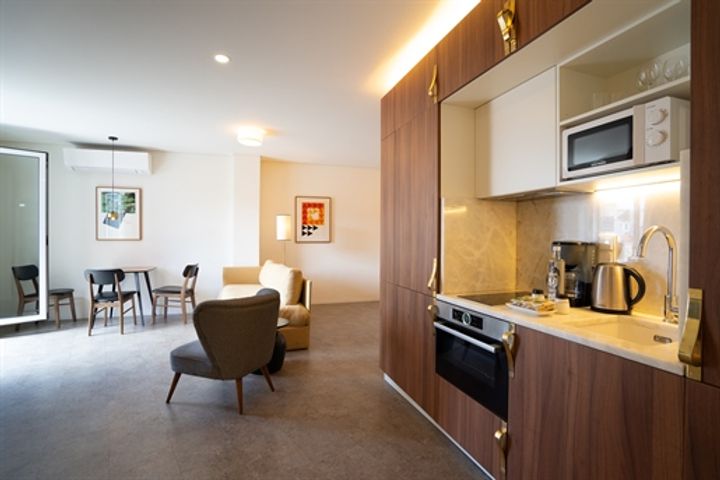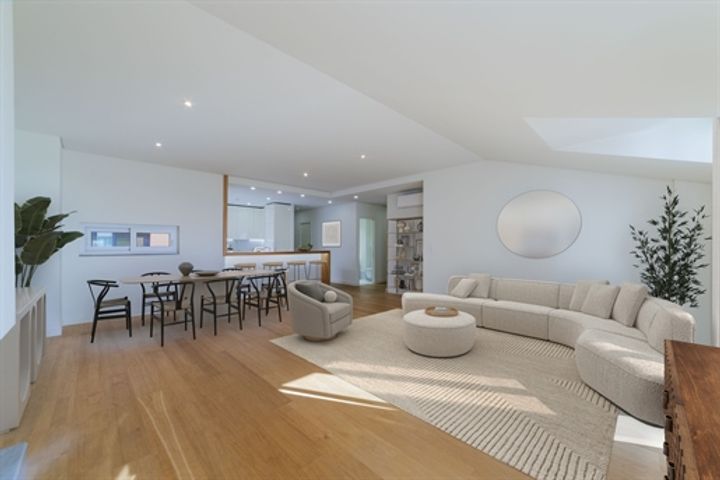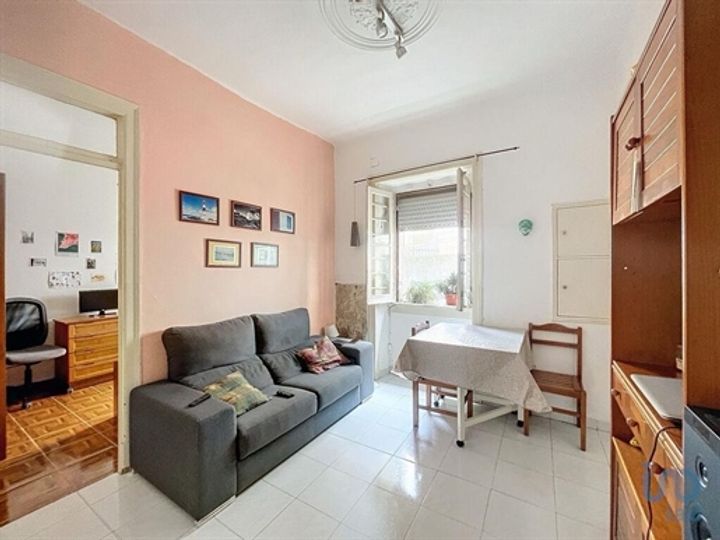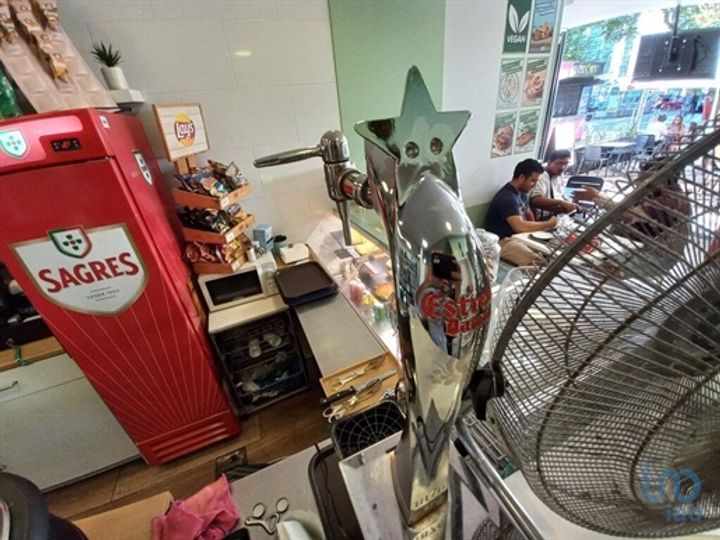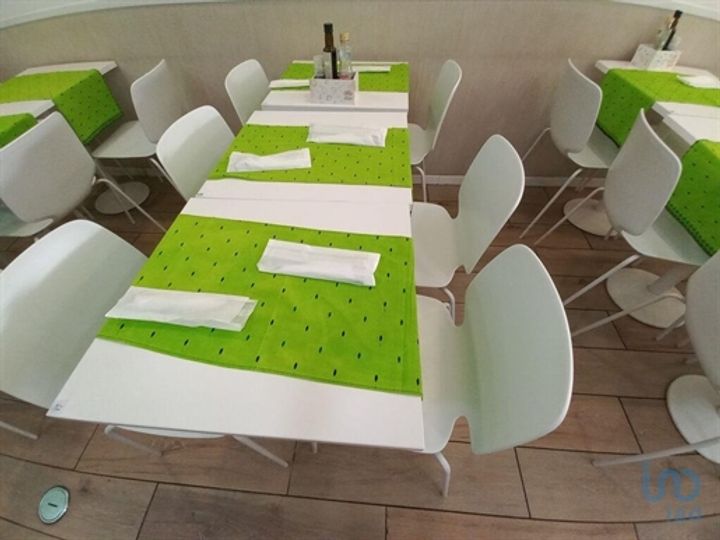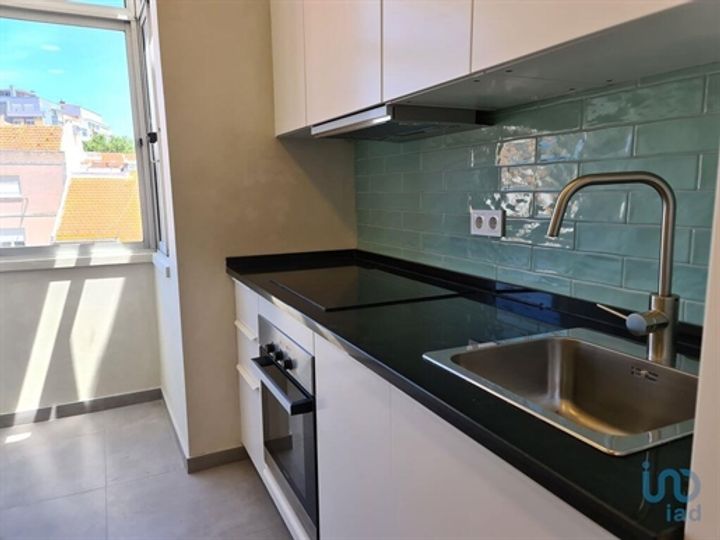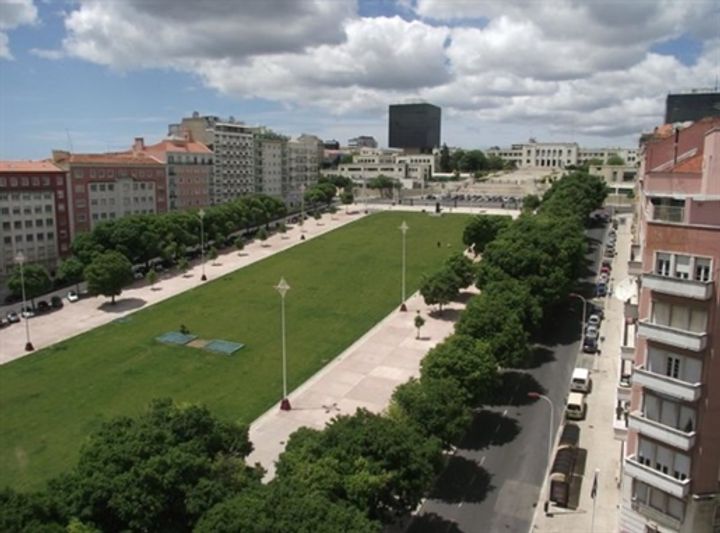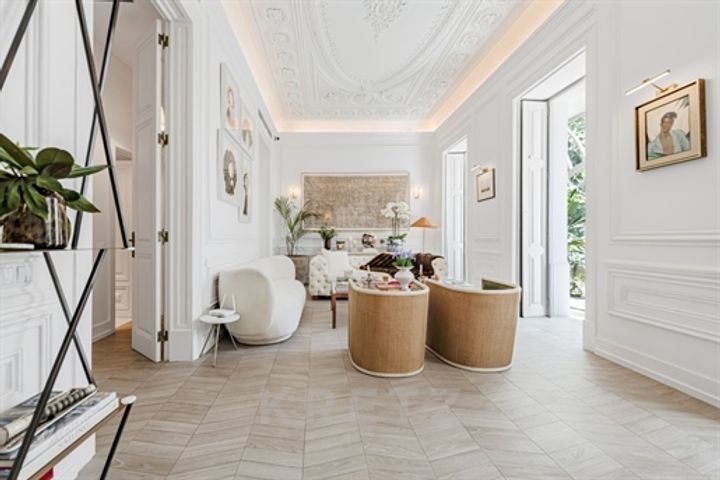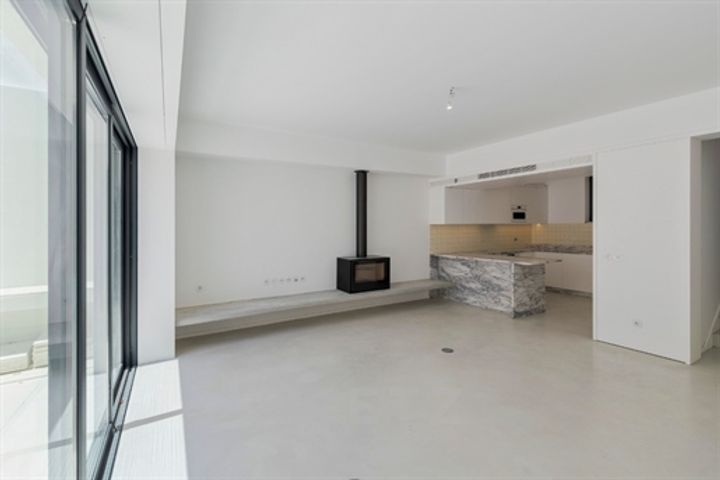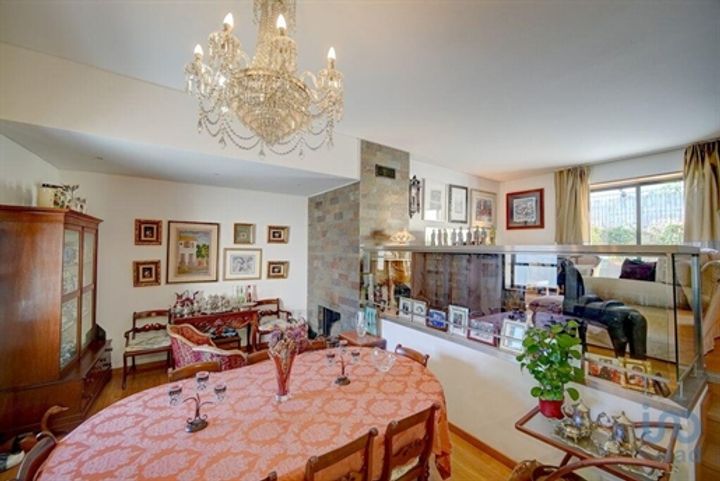As of 2023, the average real estate prices in Lisbon have shown a notable increase, with prices averaging around €3,000 to €4,500 per square meter, depending on the neighborhood. Areas such as Chiado and Avenida da Liberdade are at the higher end of the scale, with some properties exceeding €6,000 per square meter due to their central location and proximity to luxury amenities. In contrast, neighborhoods like Marvila and Alcântara offer more affordable options, with prices ranging from €2,500 to €3,500 per square meter. The demand for both residential and investment properties continues to push prices upward, driven by factors such as tourism, foreign investment, and a growing expatriate community. Post-pandemic trends have also seen an interest in larger spaces, leading to rising prices in suburban areas like Cascais, where properties average around €4,000 per square meter.
Lisbon
Location
Price Range
Any price
Price Range
Minimum
No min
Maximum
No max
Property type
Show all
Property type
Show all
House
Apartment
Building
Other
Bedrooms
Any beds
Bedrooms
Minimum
No min
Maximum
No max
Surface Range
Any surface
Surface Range
Minimum
No min
Maximum
No max
Sale type
For sale
Sale type
Show all
To rent
For sale
Location
Apartments and houses for sale in Lisbon
145 results
Recent
Lisbon insights
| Aspect | Summary |
|---|---|
| Population | 544,850 (2023 estimate) |
| Average Property Price | €3,500 per sqm (2023 estimate) |
| Rental Yield | 4.5% (2023 estimate) |
| Average Rent | €1,800 per month for a 2-bedroom apartment |
| Occupancy Rate | 89% (2023 estimate) |
| Capital Growth Rate | 6% annually over the past 5 years |
| Property Tax | 0.3% - 0.8% depending on property value |
| Transaction Costs | 7% - 10% (including taxes and fees) |
| Expected ROI | 5% - 8% annually |
| Economic Growth Impact | Strong influence due to tourism and foreign investment |
Lisbon FAQ
What are the average real estate prices in Lisbon?
How have real estate prices in Lisbon changed over the past few years?
Over the past few years, real estate prices in Lisbon have seen significant increases, driven largely by foreign investment and a booming tourism sector. In 2015, the average price per square meter hovered around €1,600, but by 2021, it had surged to approximately €3,000. Neighborhoods that were once considered less desirable, like Graça and Mouraria, have experienced substantial gentrification, now seeing prices that rival more established areas like Chiado and Avenida da Liberdade. Additionally, the rise of short-term rental platforms has exacerbated the situation, with many properties being converted from long-term rentals to tourist accommodations, further reducing the availability of affordable housing for locals. The Covid-19 pandemic initially caused a temporary slowdown, but as restrictions eased in 2021 and 2022, the market rebounded strongly, with prices in areas such as Alcântara and Belém shooting up by more than 15% year-on-year.
What factors influence real estate prices in Lisbon?
Several factors influence real estate prices in Lisbon, including location, demand, and economic conditions. The historical neighborhoods, such as Alfama and Bairro Alto, often command higher prices due to their charm and tourist appeal, whereas newer areas like Parque das Nações may attract a different demographic looking for modern amenities. Proximity to public transport, such as the metro and tram lines, also plays a significant role; properties near these conveniences typically see higher demand. The overall economic landscape, including Portugal’s economic recovery post-financial crisis and recent tax incentives for foreign buyers, has driven up demand, particularly in the luxury segment. Moreover, renovation trends, driven by a growing interest in short-term rentals and Airbnb, have pushed prices up in certain areas, leading to gentrification and displacement concerns among local residents. Lastly, regulations around property ownership and rental markets can create fluctuations in prices, depending on government policies aimed at managing the housing crisis.
Is it more expensive to buy or rent property in Lisbon?
When comparing the costs of buying versus renting property in Lisbon, several specific factors come into play. The average price per square meter for purchasing property in the city has surged, often exceeding €3,000 in sought-after neighborhoods like Chiado and Alfama, whereas more affordable areas still hover around €2,000. Conversely, rental prices have also risen, with a two-bedroom apartment in the city center averaging around €1,500 per month, but with a longer-term lease, one might find slightly lower rates in peripheral districts. Moreover, additional costs associated with buying, such as notary fees, property taxes, and home insurance, can add up to 10% or more of the property's value, making the initial investment substantial. In contrast, renting typically involves just the first month's rent and a security deposit, which can be significantly less upfront. Thus, the financial commitment of ownership versus the flexibility of renting presents a complex landscape for potential residents in Lisbon.
Which neighborhoods in Lisbon have the highest property prices?
In Lisbon, the neighborhoods with the highest property prices include Chiado, Avenida da Liberdade, and Príncipe Real. Chiado, known for its historic architecture and vibrant cultural scene, attracts affluent buyers seeking a blend of luxury shopping and charming cafés. Property prices in this area can exceed €5,000 per square meter. Avenida da Liberdade, often referred to as Lisbon's answer to the Champs-Élysées, features high-end boutiques and hotels, with prices averaging around €6,000 per square meter. Príncipe Real, a trendy neighborhood popular among young professionals and expatriates, has seen a surge in property values, with prices reaching approximately €4,500 per square meter due to its mix of historic buildings and contemporary developments. Other notable areas include Estrela and Bairro Alto, where rising demand has pushed values higher, making them competitive in the luxury market.
Are there seasonal trends in real estate prices in Lisbon?
In Lisbon, seasonal trends in real estate prices are evident, largely influenced by tourism and the academic calendar. During the summer months, particularly from June to August, the influx of tourists often drives rental prices up, especially in popular neighborhoods like Alfama and Bairro Alto. For instance, vacation rentals can see significant spikes, affecting overall market dynamics. Conversely, the winter months, particularly from December to February, generally witness a dip in demand, leading to more competitive pricing and potential bargains for buyers. Furthermore, the academic year can impact areas around universities, such as Campo de Ourique and Ajuda, where rental demand sees peaks in August and September as students prepare to return to school. Overall, these seasonal fluctuations reflect the interplay between local demand, tourism, and the educational calendar in shaping the real estate market in Lisbon.
How do Lisbon's real estate prices compare to other European cities?
Lisbon's real estate prices have seen significant increases in recent years, though they still tend to be more affordable than many other major European cities. For example, as of late 2023, the average price per square meter in Lisbon hovers around €3,000, while cities like Paris and London can exceed €10,000 and €14,000 per square meter, respectively. Even cities like Barcelona and Amsterdam, where prices have surged, tend to range between €4,500 to €6,000 per square meter. The relatively low prices in Lisbon attract both local and foreign investors, particularly from the tech and finance sectors. Moreover, the impact of the pandemic has slightly stabilized Lisbon's market, making it an appealing option compared to the skyrocketing costs in cities like Berlin, which also sees prices approaching €5,000 per square meter. This backdrop of dynamic price changes showcases Lisbon as an emerging hotspot within the European real estate landscape.


